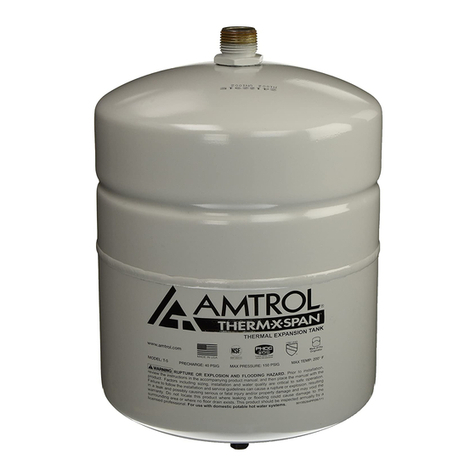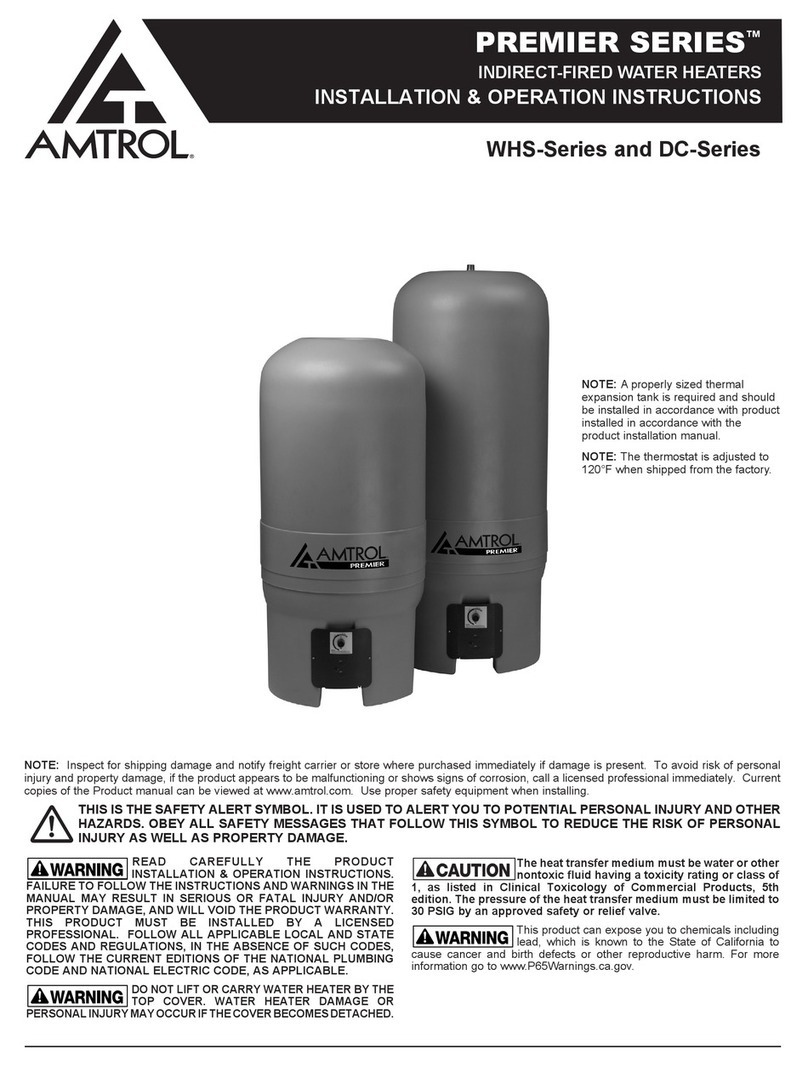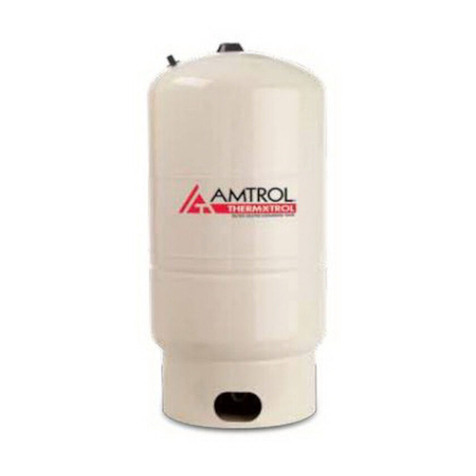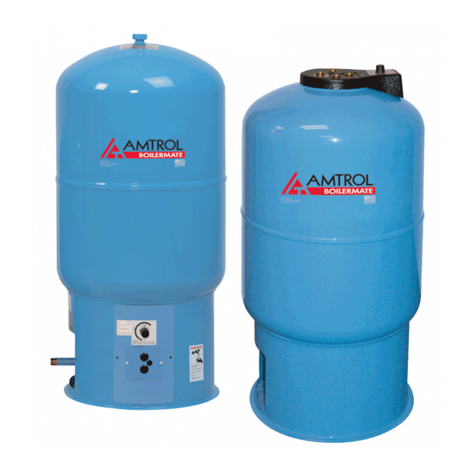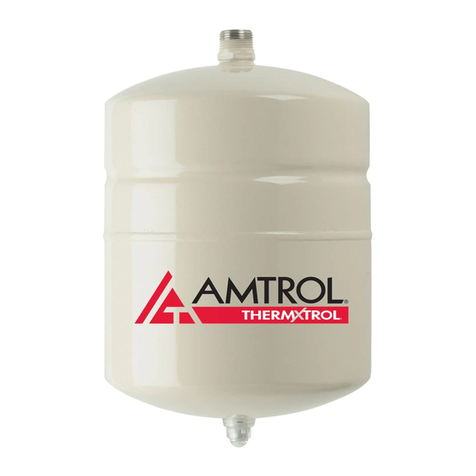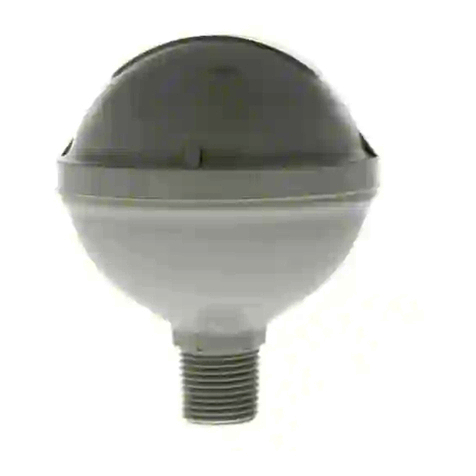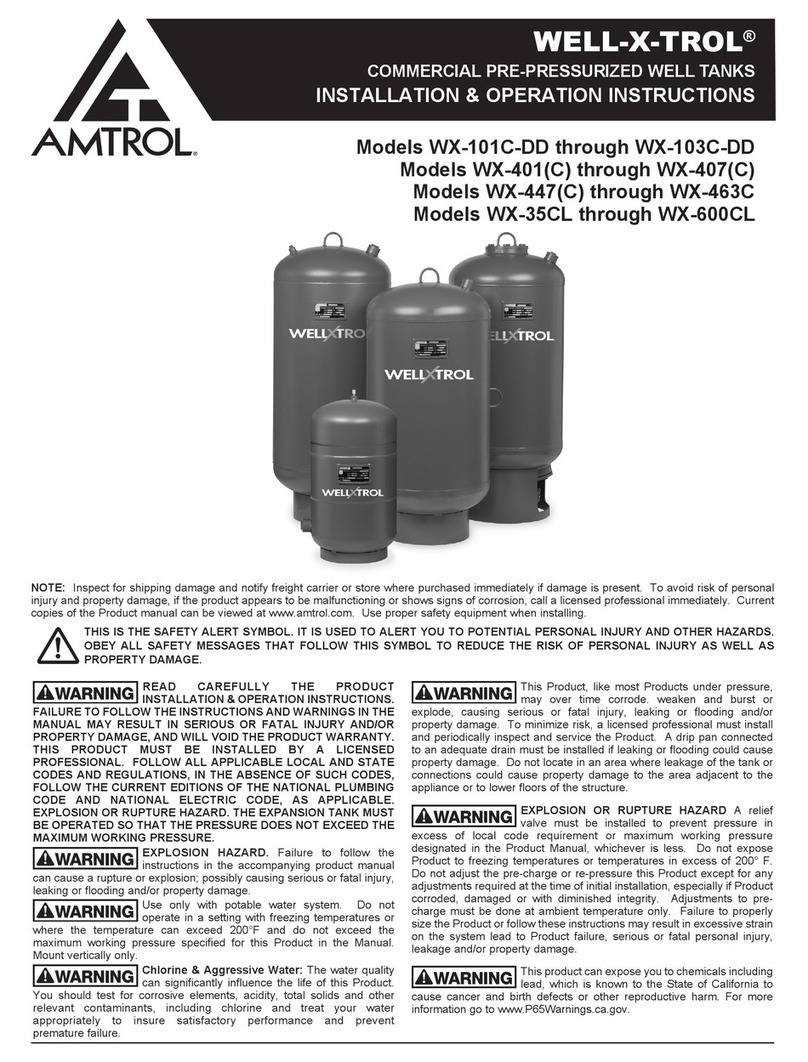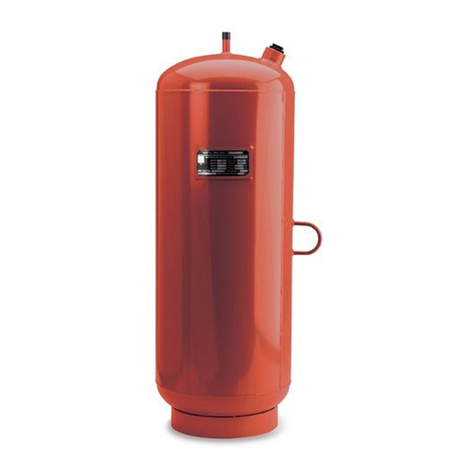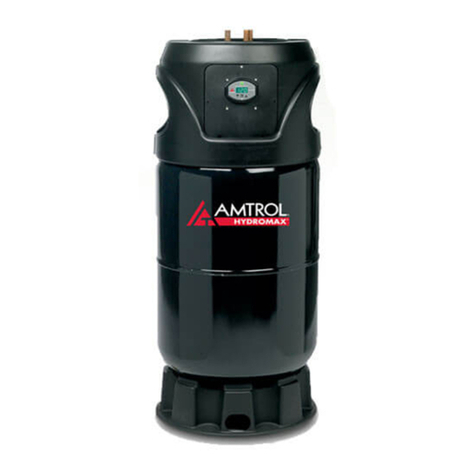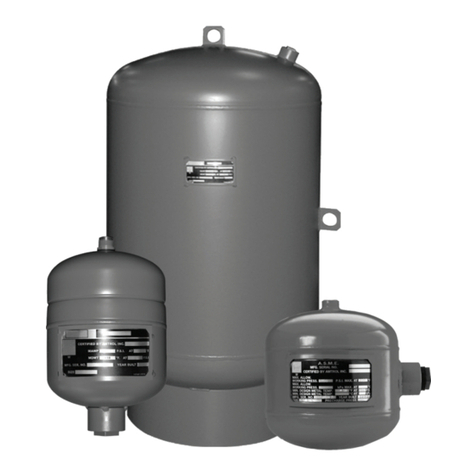
SCALDING HAZARD.If the water temperature is
over 120°F., household members can suffer serious
or fatal scalding and painful and permanent injury.
• The Consumer Products Safety Commission recommends an initial
setting of 120°F., but advised that a slower response time of infants,
aged, disabled and other persons increases the scalding hazard and
may require lower settings.
• Always check the water temperature before use, including washing,
bathing or showering.
• Temperature limiting valves are available from your plumbing supplier. A
check valve must be installed in the boiler return line to prevent gravity
flow through the heat exchanger. This can cause overheating and result
in serious or fatal scalding.
SCALDING HAZARD. If the thermostat is not
working properly or if this product is not installed in
accordance with the manual, water temperature can reach excessive
levels that may cause serious or fatal scalding. After installation and any
servicing of the unit, verify that the thermostat is working and firmly
inserted in the thermostat well by following the thermostat testing
instructions in the manual.
Failure to use the correct replacement parts may
make your product unsafe.
In limited circumstances, space heating can be lost
in the home with unit utilizing priority mode. Any
demand for space heating is postponed until the water heater has
reached its set temperature. This delay in supplying the space heating
zones is usually not noticed by the inhabitants of the living spaces.
However, in the event of certain malfunctions such as circulator or
thermostat failure, space heating could be delayed indefinitely. If
undetected and uncorrected, freezing damage to piping could result.
If a steel hydropneumatic tank is in place, replace it
with a properly sized diaphragm expansion tank.
Otherwise, significant heat transfer problems can occur by causing air to
be trapped in the heat exchanger. If the boiler system has a diaphragm
expansion tank and the boiler temperatures are being changed, resize the
expansion tank.
If installing on city water supply, a properly sized
thermal expansion tank is required with the water
heater and should be installed as set forth in the product installation
manual. Contact your water supplier or local plumbing inspector for
additional information.
Prevent pressure build-up in any existing internal
tankless coil. Do not plug incoming or outgoing
tappings in the internal tankless coil plate. Leave the coil in the boiler and
leave system connections open to prevent pressure build-up.
Electrocution hazard. The water heater must be
electrically grounded. Electrical supply must come
from the boiler side of boiler’s emergency shut-off switch in order to
prevent unsafe boiler operation.
Chlorine Aggressive Water: The water quality can
significantly influence the life of this Product. You
should test for corrosive elements, acidity, total solids and other relevant
contaminants, including chlorine and treat your water appropriately to
insure satisfactory performance and prevent premature failure.
NOTE: Inspect for shipping damage and notify freight carrier or store
where purchased immediately if damage is present. To avoid risk
of personal injury and property damage, if the product appears to be
malfunctioning or shows signs of corrosion, call a licensed professional
immediately. Current copies of the Product Manual can be obtained at the
place of purchase. Use proper safety equipment when installing.
EXPLOSION HAZARD.The pressure of the heat
transfer medium must be limited to a maximum of
30 psig by an approved safety or relief valve on your boiler. The water
heater pressure must be limited to 150 psig maximum by the installation
of a temperature and pressure relief valve (included). The relief tube must
be plumbed to a suitable drain per code. No reducing coupling or other
restriction may be placed in this line.
This Product, like most Products under pressure,
may over time corrode, weaken and burst or
explode, causing serious or fatal injury, leaking or flooding and/or property
damage. To minimize risk, a licensed professional must install and
periodically inspect and service the Product. A drip pan connected to an
adequate drain must be installed if leaking or flooding could cause
property damage. Do not locate in an area where leaking could cause
property damage to the area adjacent to the appliance or to lower floors
of the structure.
EXPLOSION OR RUPTURE HAZARD. A relief
valve must be installed to prevent pressure in
excess of local code requirement or maximum working pressure
designated in the Product Manual, whichever is less. Do not expose
Product to freezing temperatures or temperatures in excess of the
maximum rated operating temperature.
If not installed by the boiler manufacturer, install a
low water cut-off or pressure reducing valve on your
boiler so that leaking will not result in a dry boiler which if the boiler
continues to fire, will cause an explosion hazard.
This unit must be installed as a separate heating
zone. Do not connect this unit to an existing heating
zone or feed boiler water directly through the coil as dangerous
over-heating will result.
Do not drain this appliance before shutting off the
supply valve and opening the relief valve or
another downstream fixture, as it will damage this unit. A vacuum breaker
should be installed to avoid damaging the liner. Damage to the unit and
leakage can occur if a vacuum breaker is not installed.
USE GLYCOL ONLY WITH DOUBLE-WALLED
HEAT EXCHANGER MODELS. Avoid risk of
ingesting a toxic glycol fluid. The heat transfer medium should be water.
If glycol must be used, it should only be used with double-walled heat
exchangers and closely monitored for leakage.
As in all plumbing products and water storage
vessels, bacteria can grow in this Product, especially
during times of non-use. Consult your local plumbing professional
regarding any steps you may wish to take to safely disinfect your home’s
plumbing system.
EXPLOSION OR RUPTURE HAZARD! A relief
valve must be installed to prevent pressure in
excess of local code requirement or maximum working pressure
designated in the Product Manual, whichever is less. At least once every
3 years or if discharge is present, a licensed contractor should inspect the
temperature and pressure relief valve and replace if corrosion is evident
or the valve does not function. FAILURE TO INSPECT THIS VALVE AS
DIRECTED COULD RESULT IN UNSAFE TEMPERATURE OR
PRESSURE BUILD-UP WHICH CAN RESULT IN PRODUCT FAILURE,
SERIOUS INJURY OR DEATH AND/OR SEVERE PROPERTY DAMAGE
AND VOID THE PRODUCT WARRANTY.
10. General Safety Information
-10-






